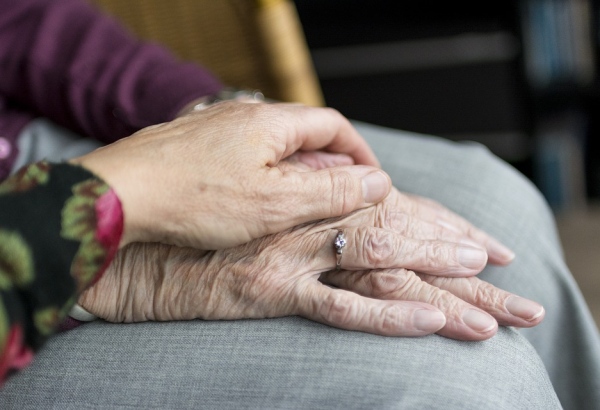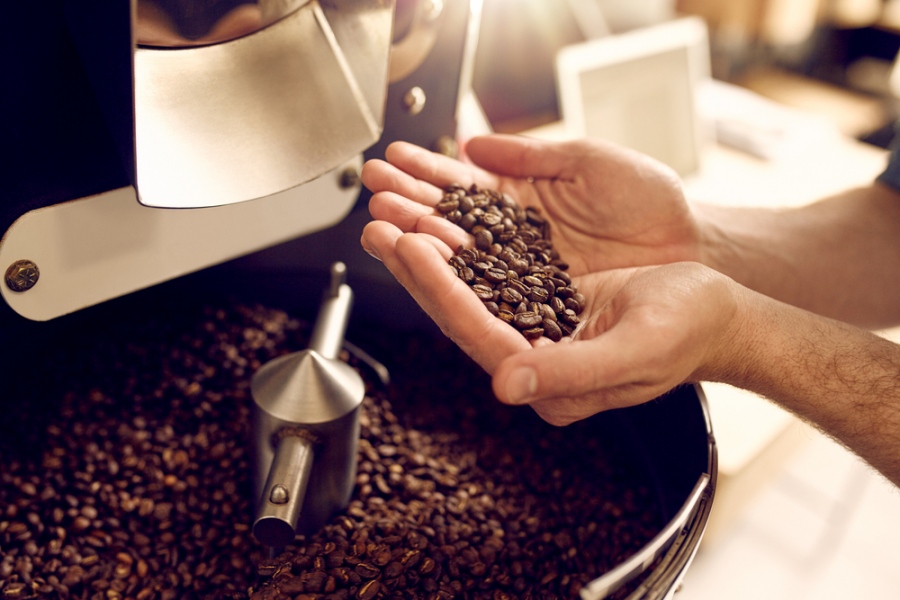How to Avoid Postpartum Weight Gain
Many new mothers find it exhausting and painful to achieve a healthy weight postpartum. With new priorities, you may be too stressed out to give time to yourself. Yet, it is crucial for you to go back to your healthy BMI postpartum, especially if you wish to have another child.
Baby weight is a term that signifies the increase in weight due to the baby. It is due to extra fat stores, amniotic fluid, uterus enlargement, breast tissue, placenta and extra blood. The fat reserves act as an energy source during birth and nursing. Sometimes, the fat reserves are more than normal which is what we call baby weight.
This extra baggage of fat could be extremely detrimental to your health. There is:
- Greater risk of becoming obese
- Increased risk of heart diseases and diabetes
- Possible risks of complication in next pregnancy
- Risky for women who have gestational diabetes
Due to these risks and more, it is very important for you to lose postpartum baby weight. Here are some well-researched ways of how you can avoid weight gain post-delivery.
Plan Realistic Milestones
The glamorous world of Hollywood wants you to believe that you could drop all the baby weight at the snap of your fingers. Remember, losing weight is a process that will take time. You cannot go back to your ‘pre-pregnancy self’ overnight.
How much weight you gained over pregnancy and how much you can lose depends on you and differs from one woman to another. On average you may be able to lose 4.5 kg naturally over a time-span of one to two years.
However, with a strict diet, exercise and a load of titanium willpower, you can achieve the ideal body you dream of.
Say no to FAD diets
When something sounds too good to be true, it usually is. Same is the case with crash diets. Promising you great weight loss results in less time. However, this is a fad diet that can be extremely harmful to your postpartum body.
After giving birth, your body requires a well-balanced diet to heal and recover quickly. If you are breastfeeding, then you need even more calories than the normal calorie intake.
A diet with low-calories is bound to have few significant nutrients which will leave you exhausted. On the contrary, as a new mother, you require more energy to tackle long nights and sleepy days to care for your infant. If your weight is stable, then decreasing calories by five hundred per day will help you lose 0.5 kg per week.
This method is completely safe for breastfeeding mothers as this does not affect milk production or the growth of the baby. However, low-calorie diets or intermittent fasting is not recommended.
Breastfeed
Breastfeeding is nature’s gift to both your baby and you. It helps your baby develop and keep them safe while helping you lose weight. There are so many benefits to breastfeeding including:
- Supporting your infant’s immune system: Breast milk consists of essential antibodies that are useful for fighting bacteria and viruses in your baby’s body.
- High nutritional value: The baby requires important nutrients in the first six months
- Shrinks the uterus: Feeding your baby breast milk has proven to contract the uterus returning it to the normal size postpartum.
- Risk of disease in infants is lowered: Infants who are breastfed have been proven to have less risk of infant death syndrome, skin conditions, diabetes, lung conditions, leukemia, and obesity.
- Lowers chances of disease in the mother: Breastfeeding mothers are less prone to postnatal depression, ovarian cancer, diabetes (type 2) and breast cancer.
Lastly, the cherry on top is that it aids in the nursing mother’s weight loss. They are found to lose 3.7 kg more weight than mothers who choose to or are not able to breastfeed.
Calorie Counting
By keeping tabs on how much you are eating (Calorie Counting) you can spot the loopholes in your diet. Furthermore, it ensures that you are getting enough calories and sufficient energy and nutrition. Keep a food diary with yourself or take pictures of your food to keep tabs on what you have eaten. You can use mobile apps to track your eating patterns throughout the day.
These methods can help to reduce the portion sizes you consume and help you select healthier foods that help in weight loss.
Consume Foods with high fiber
Fiber helps you lose weight by making you feel fuller. It also controls the appetite hormone. Foods high in fiber improve absorption and slow down digestion to accelerate weight loss. Fiber which is soluble makes you feel full for longer periods and hence decreases levels of the hunger hormone.
Exercise
Cardio, interval training, walking, cycling, jogging and running, help burn calories and have a lot of health benefits. Exercise makes your heart beat faster, decreases the severity or risk of diabetes and can reduce the risk of several kinds of cancer.
Combine good diet and exercise if you want to regain that hourglass body postpartum. What matters is the quantity of the aerobic workout, instead of the intensity. So even brisk walk is a great start to improve your health and weight.
Such things as fitness therapy is used for rehabilitation and makes up a major part of recovery programmes.
Your stomach and pelvis need time to heal especially if you have had a C-section surgery. Consult your doctor after the delivery about when you can exercise safely. Start gradually with pelvic floor workout and work your way up the intensity spectrum until it is medically safe and your body is fully healed.
Begin Resistance Training
Resistance training not only helps you lose weight but retain muscle mass. The duo of resistance training and diet was found to be the most effective technique to reduce weight and improve cardiac health.
In addition, women who breastfed their infants and did resistance training had a lot less bone mineral density depletion and muscle loss than those who did not train. Exercising can be difficult with a newborn baby. However, there are gyms that offer mothers to allow their infants to tag along or you can just workout at home using mobile apps or videos.




















Leaver your comment